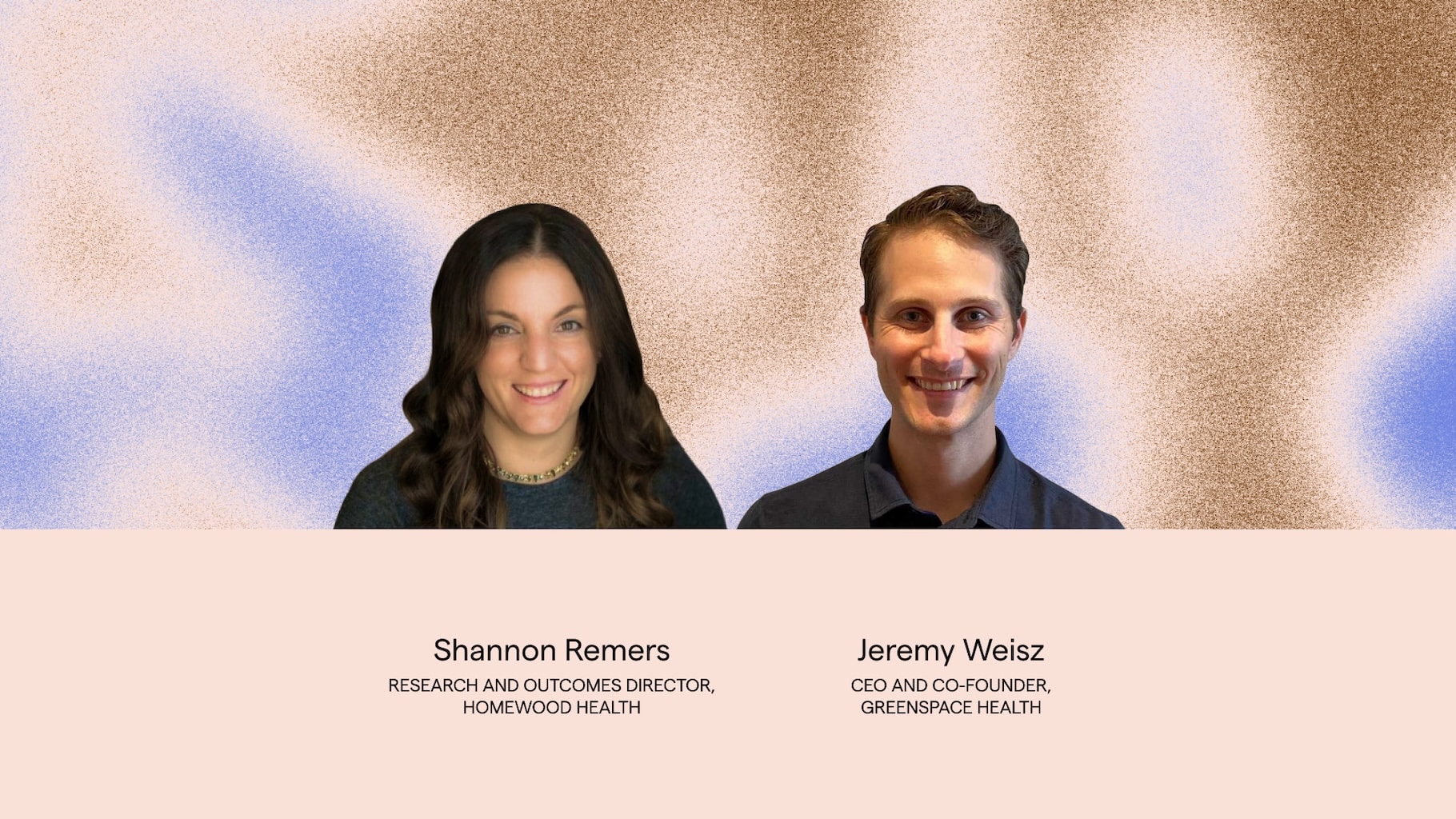
For the 1 in 5 Canadians struggling with a mental health concern, they are tasked with the challenge of navigating a fragmented and confusing mental healthcare system. While this should be a simple task, it can often be an overwhelming experience for patients. This article provides an overview of the structure of Ontario’s mental health system and attempts to simplify the potential routes to getting support.
Where to begin?
Often patients’ first point of contact with the mental healthcare system is their primary care provider. At this point in the process a doctor may recognize the need for counselling support and might encourage the patient to seek counselling. With that being said, many primary care providers don’t have the time, resources or network to find the most appropriate services for patients. This is where things can become overwhelming and patients may find themselves asking “where do I begin”?
Generally speaking, there are four points of access for counselling support in Ontario: community health centers (CHCs), employee assistance programs (EAPs), hospital programs, and private practice therapists.To help make sense of these options we’ve gone ahead and outlined each of them for you.
Community Health Centers
Community Health Centers are agencies that provide a wide variety of services ranging from primary health care, sexual health services, mental health services, etc. Typically, counselling services offered by CHCs in Ontario are funded by OHIP which means that these services are more accessible to patients who cannot afford to pay for private practice therapy.With that being said, CHCs often involve a waiting period due to the high volume of requests that they receive for services. Additionally, these counselling services are typically time-limited with a maximum session cap due to the high demand for services. CHC counselling services are often most suitable for individuals looking for cost-free, short-term counselling services.
Employee Assistance Programs
Employee Assistance Programs are offered by some employers to provide support to their employees. The scope of services offered will depend on the patient’s employer, but they often include services such as legal services, financial advice, and mental health counselling services. The benefit of EAP counselling services is that these services are cost-free for the patient as the fees are covered by the EAP provider and employer. However, EAP counselling services are generally short-term (3-6sessions). Unlike the services offered by CHCs, EAP counselling typically does not involve a wait time so patients can usually access supports fairly quickly.Furthermore, there are some specialized services available through some EAP programs which are tailored to specific concerns (i.e. depression and trauma specific programs)which offer more sessions (10-12) than the general EAP counselling services.
Hospital Programs
Similar to CHC services, hospital-based mental health services in Ontario are covered by OHIP. These services are typically more specialized and require a referral from a primary care provider for a patient to access the support. Hospital-based services range from outpatient support—where the patient would engage in individual and/or group counselling while still living at home—to inpatient support—where the patient would be admitted to the hospital for an extended period of time. Similar to CHC and EAP services, hospital-based counselling supports are time-limited, but may offer longer-term support (6+ months) when compared to the shorter-term support offered by EAP orCHCs. Similar to CHCs, hospital-based programs tend to involve longer waiting times due to high demand for services that are covered by OHIP.
Private Practice Therapy
As the name suggests, therapy provided by private practice therapists is not publicly funded and is usually paid for using extended healthcare benefits (often provided by employers) or paid for by the patient out-of-pocket. In Ontario, the cost of private therapy generally ranges from $100-$250 per hour depending on the type of therapist and their level of experience. With that being said, there are some therapists who will offer a sliding scale cost with some therapists offering counselling for as little as$50 per session. One of the main benefits of accessing private practice therapy is that there is typically no wait time and the number of sessions is not capped.
So how do patients know what service is right for them?
When deciding which option is right for a patient, there are a few key considerations to keep in mind.
- What is the patient’s budget? In the event that a patient’s employer offers an extended benefits package, start by having the patient contact their benefits provider to see if counselling services are covered and, if so, how much coverage is included. This information may determine whether or not private practice therapy is an option.
- If the patient does not have insurance coverage, determine whether or not the employer offers an Employee Assistance Program. This option may be a good fit for no-cost, short-term counselling.
- If the patient does not have extended healthcare benefits or EAP, consider services provided by a community health center or a hospital-based program. Ideally it is the role of the primary care provider to provide the patient with insight into the services that are available in the community, and many hospital-based supports will require a doctor’s referral.
- Hospital-based care may be more appropriate if the patient requires more specialized support (i.e. counselling programs targeted toward specific concerns such as eating disorders).
How do patients get connected to a therapist?
When seeking support from CHCs, EAP, or hospital programs, the patient would contact the agency directly to find out more about being connected with a therapist/program. In contrast, when seeking therapy from a clinician in private practice, the process of finding a therapist can be a bit more fragmented and complex.
- Searching Google for therapists in a specific area is one common strategy used by patient’s to find a therapist; however, this strategy might return an overwhelming amount of options for the patient to consider.
- There are also tailored online resources such as psychologytoday.com or findasocialworker.ca which can help guide the search. These tools provide search filters which can help tailor the location, presenting concerns, and specific therapeutic modalities.
Related Resources













